Convenience and Shelf Stability
The Canned Vegetable Market benefits from the increasing consumer preference for convenience foods. Canned vegetables offer a long shelf life, making them an attractive option for busy households. This convenience aligns with the modern lifestyle, where consumers seek quick meal solutions without compromising on nutrition. According to recent data, the canned vegetable segment has seen a steady growth rate of approximately 4% annually, driven by the demand for ready-to-eat meals. The ability to store canned vegetables for extended periods without refrigeration further enhances their appeal, particularly in regions with limited access to fresh produce. As consumers continue to prioritize convenience, the Canned Vegetable Market is likely to expand, catering to the needs of time-strapped individuals and families.
Increased Focus on Food Security
The Canned Vegetable Market is significantly influenced by the growing emphasis on food security. As global populations rise and climate change impacts food production, canned vegetables provide a reliable food source that can be stored for emergencies. Governments and organizations are increasingly promoting the consumption of canned goods as part of food security initiatives. Recent statistics indicate that canned vegetable consumption has increased by 7% in regions facing food supply challenges. This trend underscores the importance of canned vegetables in ensuring access to nutritious food during crises. As awareness of food security issues continues to grow, the Canned Vegetable Market is likely to see sustained demand, reinforcing its role in global food systems.
Innovations in Product Offerings
The Canned Vegetable Market is witnessing a wave of innovation, with manufacturers introducing new flavors and varieties to attract diverse consumer preferences. This trend includes the development of organic and non-GMO canned vegetables, catering to the increasing demand for clean-label products. Recent market analysis shows that organic canned vegetables have seen a growth rate of 5% in sales, reflecting consumer willingness to pay a premium for perceived quality. Additionally, the introduction of unique blends and international flavors is expanding the market's appeal. As companies continue to innovate and diversify their product lines, the Canned Vegetable Market is likely to attract a broader audience, enhancing its competitive edge.
Rising Demand for Plant-Based Diets
The Canned Vegetable Market is experiencing a notable shift as more consumers adopt plant-based diets. This trend is fueled by growing awareness of health benefits associated with plant-based eating, including lower risks of chronic diseases. Canned vegetables serve as a practical solution for those seeking to incorporate more plant-based options into their diets. Market data indicates that the demand for canned vegetables has surged, with a reported increase of 6% in sales over the past year. This rise is attributed to the versatility of canned vegetables, which can be easily added to various dishes, enhancing both flavor and nutrition. As the plant-based movement continues to gain traction, the Canned Vegetable Market is poised for further growth, appealing to health-conscious consumers.
Sustainability and Eco-Friendly Practices
The Canned Vegetable Market is adapting to the rising consumer demand for sustainability. Many manufacturers are implementing eco-friendly practices, such as using recyclable packaging and reducing carbon footprints in production processes. This shift is not only beneficial for the environment but also resonates with consumers who prioritize sustainable choices. Recent surveys indicate that approximately 60% of consumers are more likely to purchase products from brands that demonstrate a commitment to sustainability. As the Canned Vegetable Market embraces these practices, it is likely to enhance brand loyalty and attract environmentally conscious consumers. The integration of sustainability into business models may also lead to new market opportunities, further driving growth in the industry.
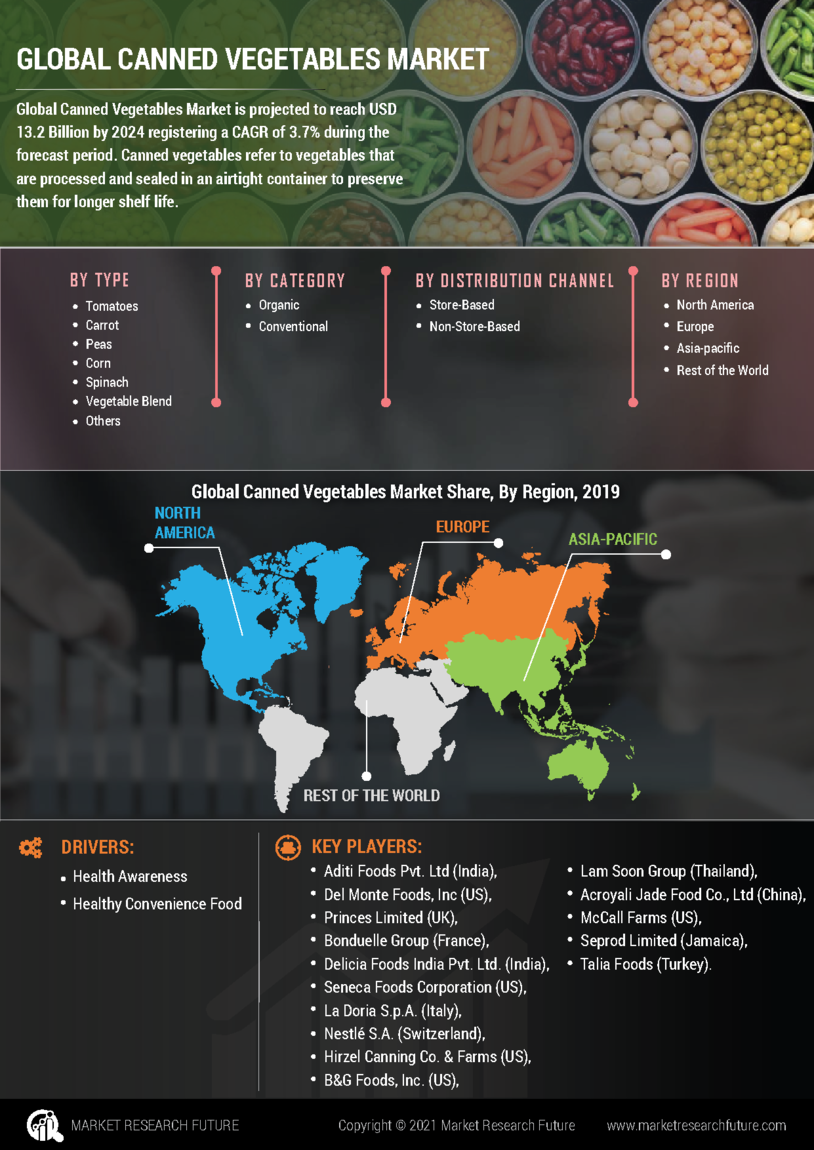

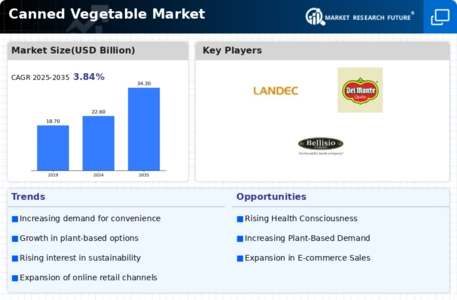
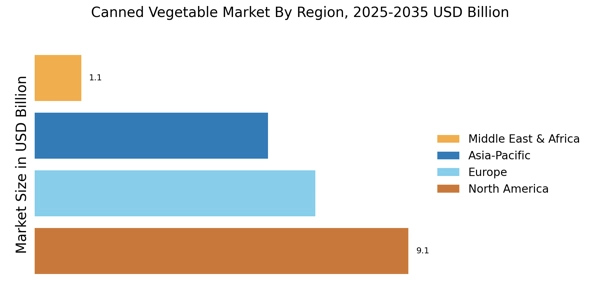
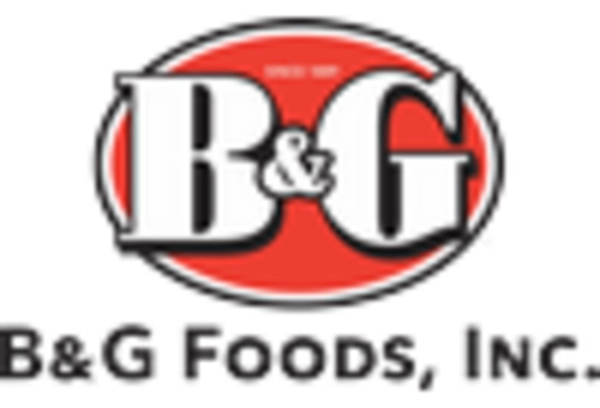
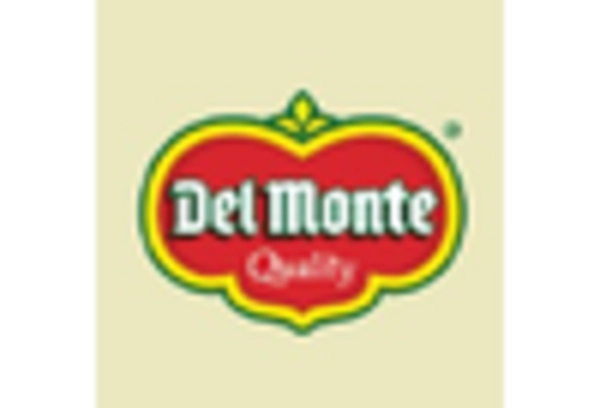

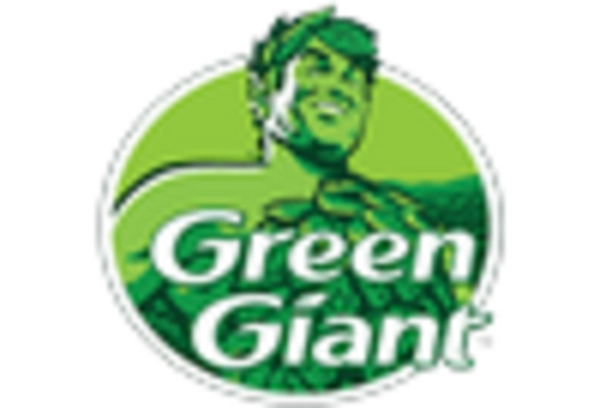
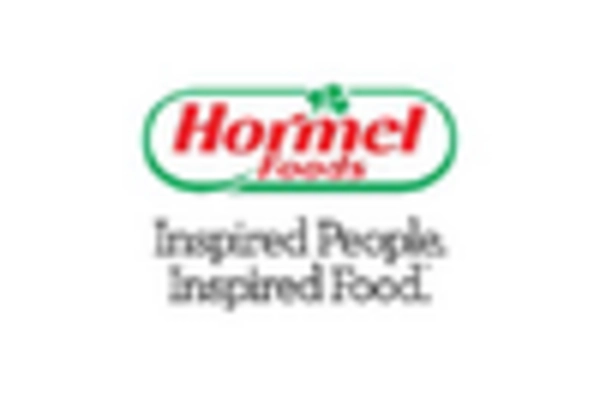









Leave a Comment